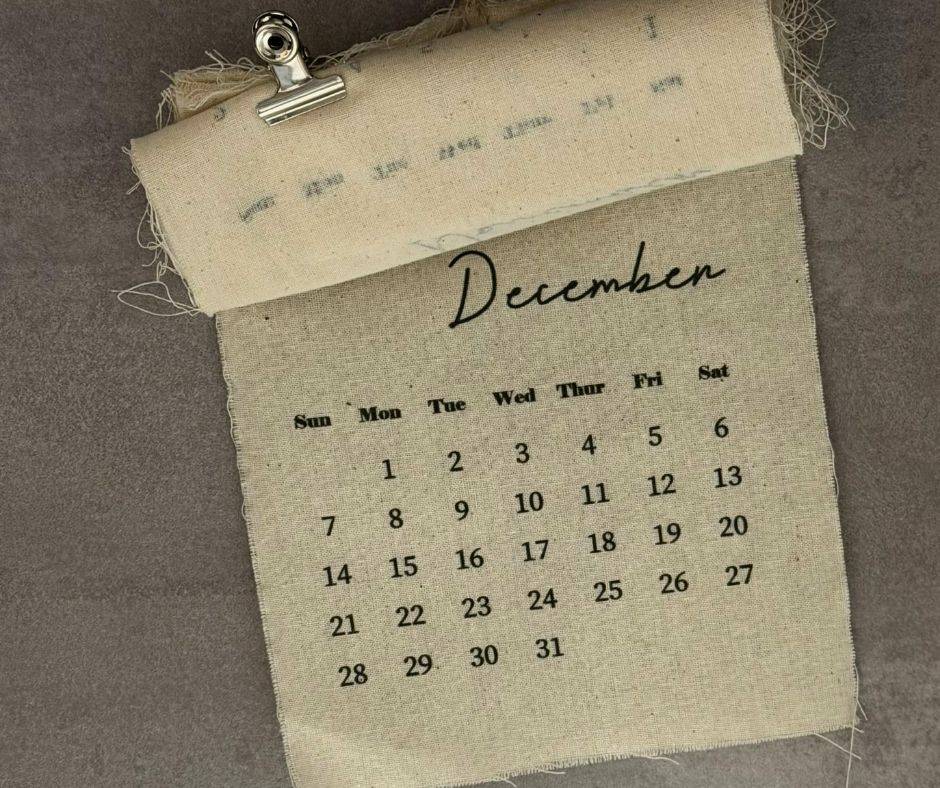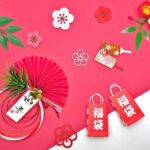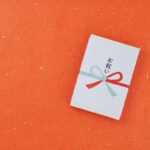December 31, 2025
No Comments
Expressions & Phrases at the End of the Year
Learn common Japanese end-of-year expressions, their meanings, and when to use them—plus the key difference between Japanese and English New Year greetings.
Read MoreDecember 29, 2025
No Comments
How to Make Someone Do: Causative Form
Learn how to make or let someone do something in Japanese with clear explanations, verb rules, examples, and tips using causative sentences.
Read MoreDecember 26, 2025
No Comments
How to Say “Ways of Doing” in Japanese
Japanese grammar made simple: learn ~方 and 方法 to express ways of doing, with examples, explanations, and common mistakes.
Read MoreDecember 24, 2025
No Comments
A Practical Look at 〜か and 〜かどうか
Learn how to use 〜か and 〜かどうか in Japanese to express “whether” or “whether or not,” with clear explanations, examples, and tips.
Read MoreDecember 22, 2025
No Comments
A Simple Way to Introduce Things with という
Learn how to introduce things in Japanese using the pattern Name という Item, with clear explanations, examples, and tips for natural conversation.
Read MoreDecember 19, 2025
No Comments
How to Say “Can See” & “Can Hear” in Japanese
Learn the difference between 見える・見られる and 聞こえる・聞ける with clear explanations and examples to use “can see” and “can hear” naturally in Japanese.
Read More









